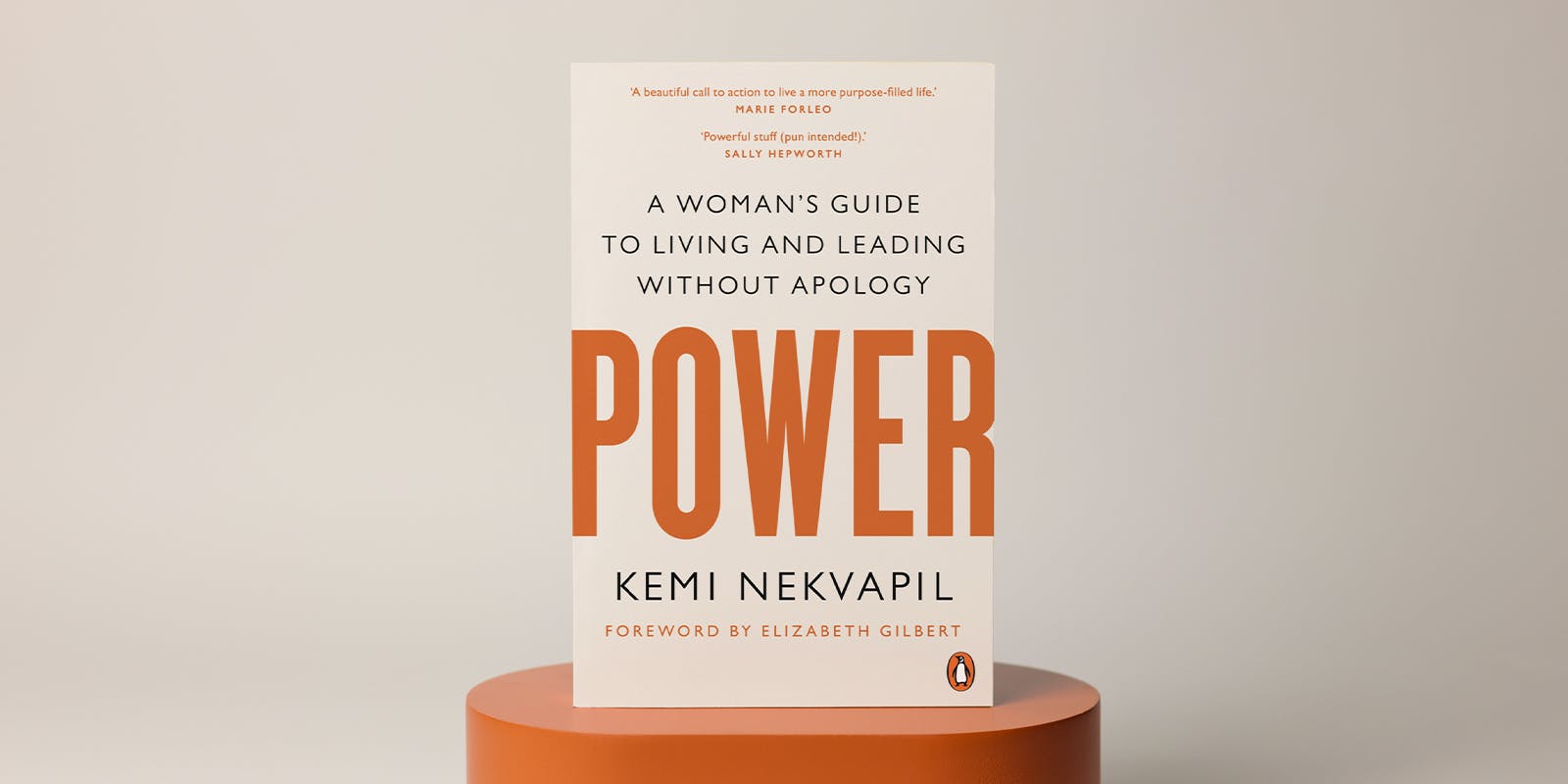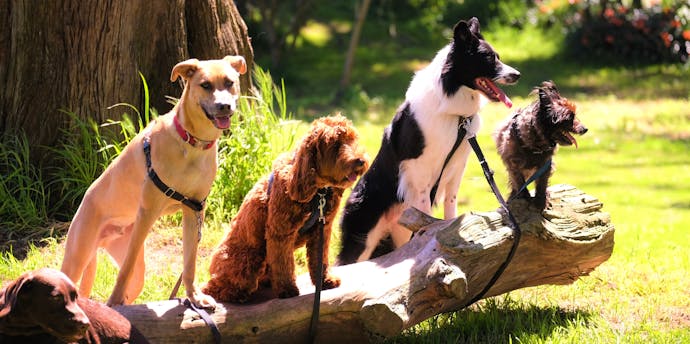Kemi Nekvapil shares an empowering exercise to help you live without apology.
Having a Power Practice List is useful for when you feel disempowered – your list can be your reference point. You can use it to check in on why you feel disempowered and if there is something you need to take responsibility for.
Ask yourself these questions: How am I present? How am I taking ownership? How am I owning my wisdom? How am I stepping into equality? How am I taking responsibility?
The ability to check in on where you have lost your power is the foundation for knowing how to build it back up again.
What you choose to put on your list is going to be a mix of who you are, what is important to you and who is important to you. There is no perfect list or correct list; there is only the one that works for you. As you become more and more practised at building and maintaining your power, your list will change and grow as you do.
Let me share my Power Practice List with you. Here are ten ways I build and maintain my power:
- I spend time each morning being present to my thoughts, feelings and energy levels with a mix of meditation, journalling and physical movement.
- I have very clear boundaries that have been put in place to honour who I am and what and who is important to me. If I feel overwhelmed, I know it’s a boundary issue, it’s not about the other person.
- I spend time in nature every day, even if it’s only for ten minutes. It connects me to myself and reminds me that I am part of something much bigger.
- I spend a lot of time resting and doing not much at all; it builds my reserves and expands my creativity. And when I’m on holiday, I’m one hundred per cent on holiday.
- I am at a stage in my career where I get to choose the people and organisations I work with, something I don’t take for granted.
- I am always aiming to peel back my own layers with the help of professional coaches and mentors, to understand my own inner workings – the good, the bad and the ugly.
- I do my best in everything I do. If I’m not willing to do my best, it’s not something I’m interested in doing.
- I am very discerning about what gets my attention, and I make no apology for what I choose.
- I am not a consumer of media that disempowers me or its subjects, or focuses on inducing fear.
- I have a small inner circle where I can show all parts of me without fear or apology.
And my galvanising Power Practice is that once a year I spend a full week completely alone at home fasting, doing yoga every day, sleeping a lot, and spending time reflecting, walking, writing and creating the year ahead.
All these practices and learnings were developed over the past twenty years, and I know they will change and grow as I change and grow.
As mentioned before, we will continually step into and out of our power. I want to keep reminding you that this is not a linear process. You will take steps forward and steps backward – it is all part of the process.
We can feel power in how we walk down the street, and then we turn a corner or a stranger looks at us in a certain way, and our power of presence has gone.
We start a business and we feel that it is not what we wanted to create, that others are messing it up for us, and our power of ownership has gone.
We step into our power with a work project, and we return home and our toddler screams, ‘No! No! No!’ to dinner; we give them what they want instead, and our power of wisdom is gone.
We can feel the power of equality in our intimate relationship, and then our dad calls, and our power of equality has gone.
We may find ourselves living a life that does not fulfil us, where we don’t feel we are contributing and all we do is complain about it, and our power of responsibility has gone.
Sometimes events happen that take our power away.
But if we have a foundation of practice, it will return.
Your Power Practice List will guide you.
POWER is a practice.















